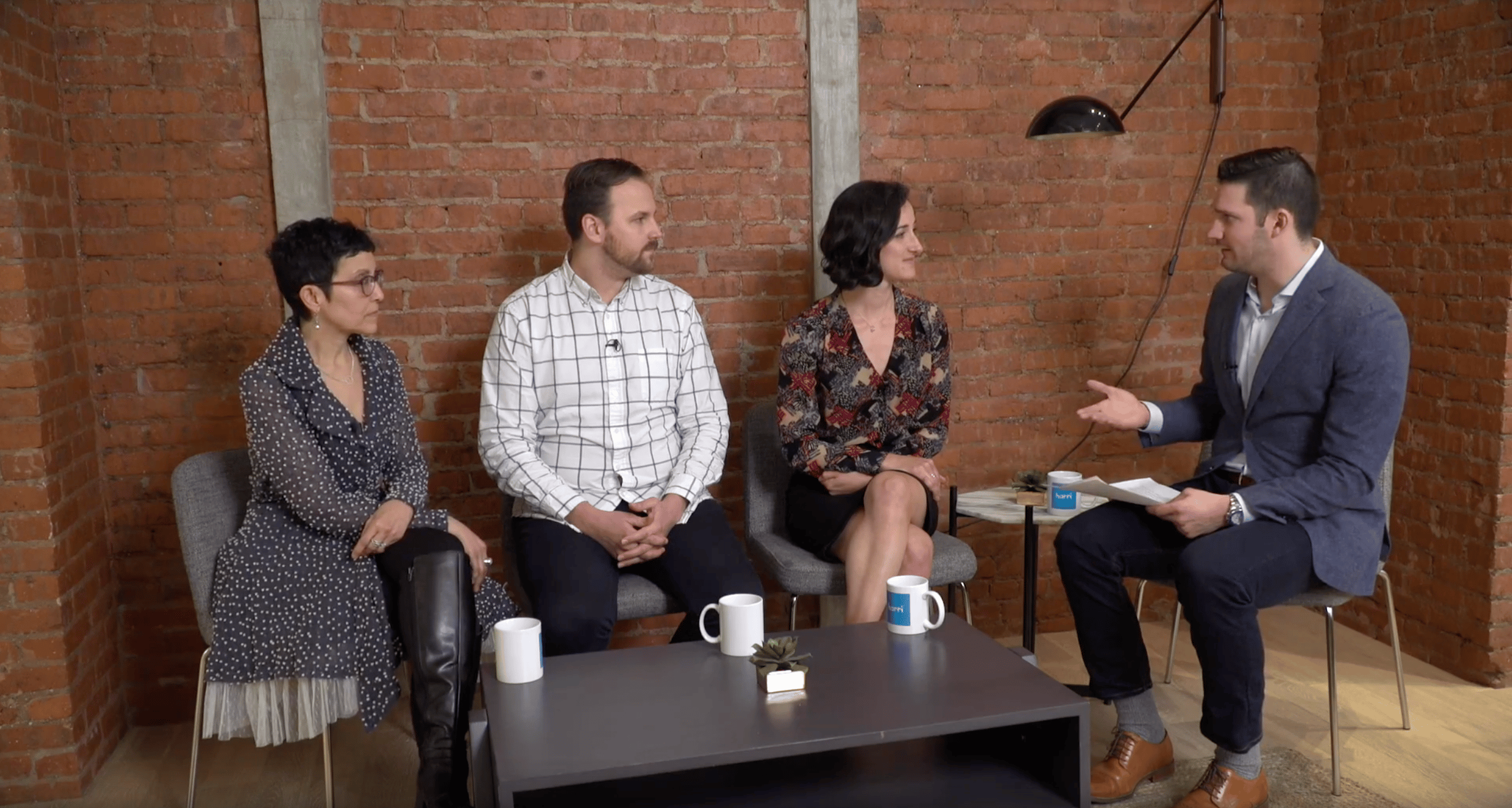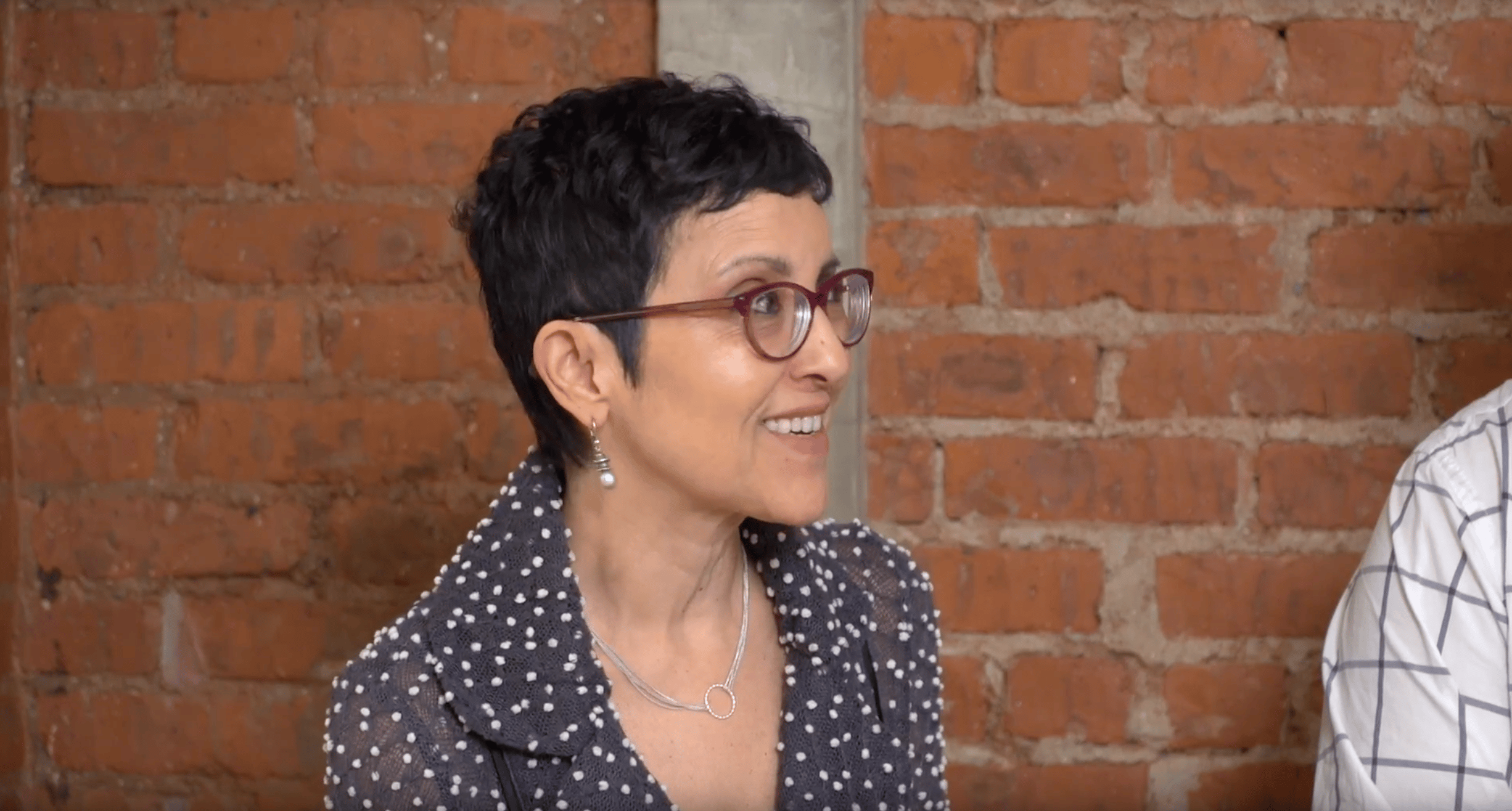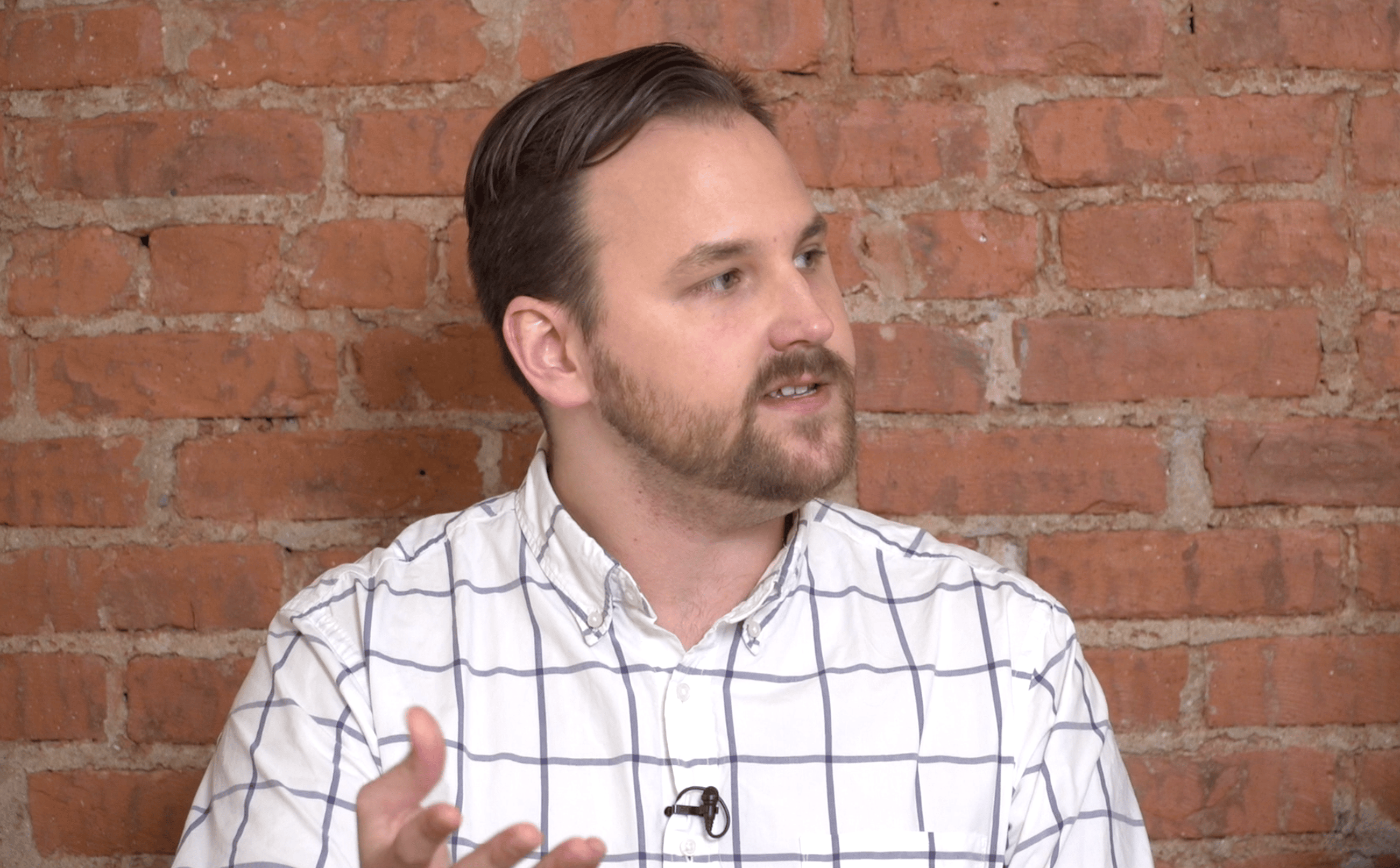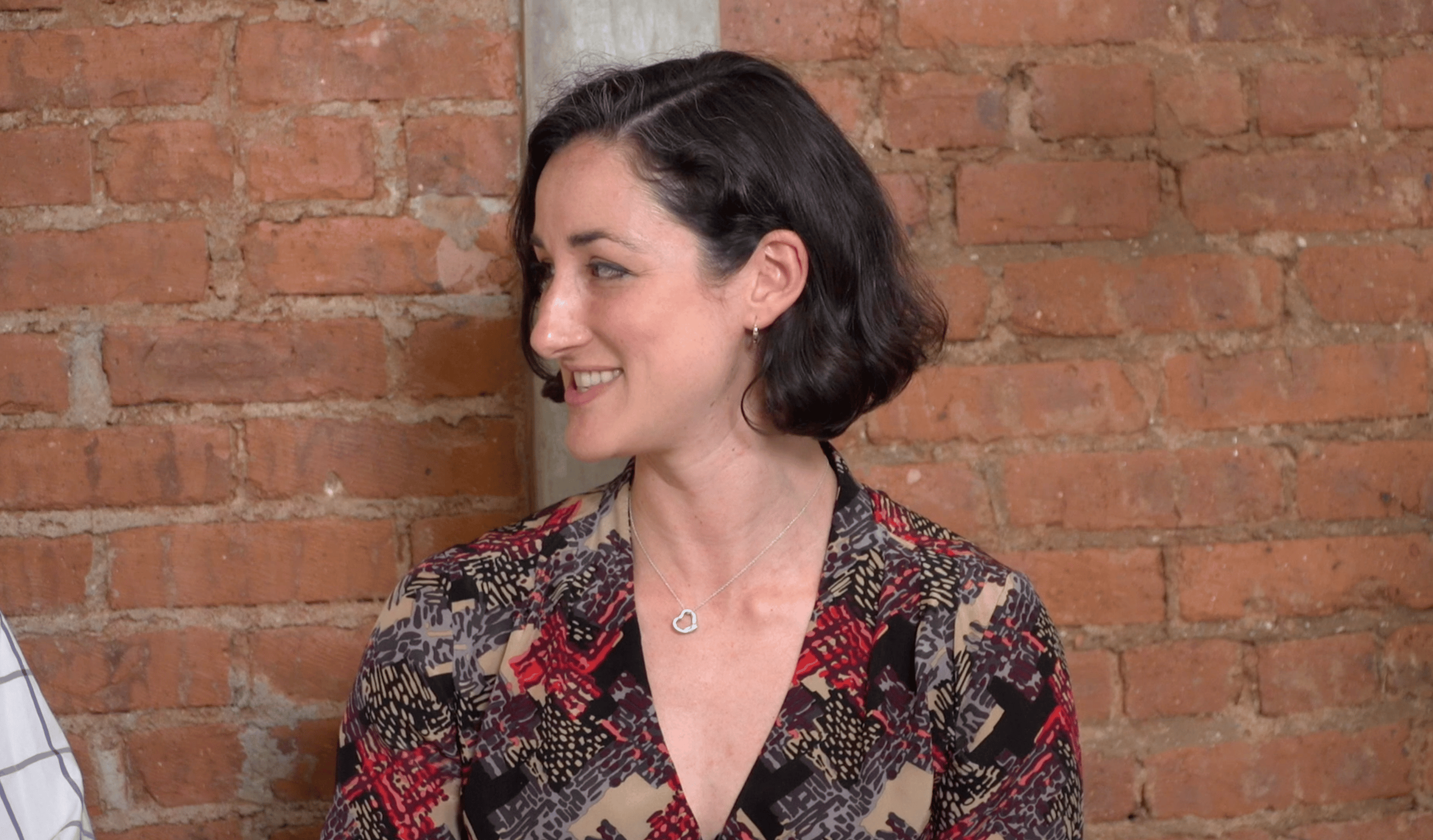
The hospitality industry has had a very particular problem with workplace harassment, according to Murdoch, with many iconic restaurateurs being called out recently for their bad behavior. One panelist cites data that 90% of female employees and 70% of male employees in hospitality have experienced harassment in the workplace.
“We're inherently more prone to these types of behavior, based on the discrepancy and power between employees from managers to line level, language disparities, disparities in age between different employees, and the guest-employee dynamic,” said panelist Sarah Diehl. “Long before #MeToo, operators and HR professionals in our space have been dealing with this challenge.”
Facilitate Reporting
In certain places such as New York City and New York State, there is new legislation in place to address workplace harassment. This new NY law outlines that businesses are required to enable complaint handling procedures that specify who the employees can go to, what the chain of command is, and how the investigation will work, according to Diehl. As the majority of harassment complaints go unreported, the law also dictates that there must be a complaint form to make the process less intimidating.
The reporting factor is a key challenge, the other panelists agree. “Employees don’t have to take complaints just to human resources -- maybe they've had a bad experience with human resources in the past, or it's kind of scary to go to Human Resources,” says Marjorie Ramos. “I outline a list of all the individuals you could potentially go to instead.” In fact, the new law in New York dictates that any manager who receive a harassment complaint is under a legal obligation to do something about it, says Diehl.
Part of that challenge is making human resources personnel as approachable as possible. “It's important that employees see an HR partner as somebody who's part of the team,” says Ramos. Jonathan Moldenhauer agrees: “Even though I have an office removed from the restaurants, you've got to get in the restaurants. Make sure you're hearing people, meeting people, and you know the people that work for you.” Moldenhauer also points out that sometimes employees will feel better about leaving a compliant on his voicemail when they know he is not in the office.
HR has the role to help define terms when employees feel they have been put in an uncomfortable situation but training across the board is needed. “I'm not in every restaurant every single time,” says Moldenhauer. “So we really have to make sure that our managers and our chefs know how to talk about these things with employees as well. In case something does happen, I want employees to feel confident about what is right and wrong.”
Finding the right platform for training on such a sensitive topic is another challenge. Ramos points out that large town halls aren’t a good fit for sexual harassment discussion where anonymity and privacy are key. The new NY legislation requires that harassment training be interactive. “We actually use an interactive survey tool that's called Kahoot!, where employees can push answers to questions in their phone and then it shows up on the big screen, and it illustrates levels of comfort or discomfort in different scenarios,” says Diehl. “It's a really interesting way to get them thinking about how it pops up in their actual day to day experience in the restaurant.”
The Role of Training
Social Media
One more challenge in preventing workplace harassment is the complexity of social media. While most of the panelists agreed that it was almost impossible and often unethical to mandate employee behavior when they are not at work, they agree when to intercede.
“If a post on social media or a video impacts another employee's ability to do their job, then that could be harassment,” says Diehl, “and that's when it concerns us. Even if it's not harassment, frankly, it concerns us because we want everyone to feel comfortable at work.” Ramos points out that she does expect managers to keep an eye out for possibly bullying or intimidation amongst employees on social media, but only gets involved if the issue manifests at work.
"It's important that employees see an HR partner as somebody who's part of the team"


"...there is new legislation in place to address workplace harassment."




"I want employees to feel confident about what is right and wrong."
"If a post on social media or a video impacts another employee's ability to do their job, then that could be harassment"
WEBINAR RECAP:
Harassment in the Workplace
This month, Harri’s Head of Global Marketing Dan Murdoch, joined industry leaders Marjorie Ramos, Vice President of Human Resources at Joe Coffee Company; Jonathan Moldenhauer, Director of Human Resources at Noho Hospitality; and Sarah Diehl, SHRM-CP, Founder & Principal of Empowered Hospitality to discuss the challenges of harassment in the workplace.


Service First

Speak with a hospitality workforce expert to see what Harri can do for you!
LEARN MORE ABOUT HARRI
WATCH THE WEBINAR





WATCH WEBINAR


Industry-Specific Challenge

Diehl concludes by stating that “this has been a couple of years of very intense learning about what's permissible and what's not permissible” for those in the industry. The bottom line, according to Moldenhauer, is that “it’s a human right to have a safe and comfortable work environment and businesses own the burden to give that to their employees.”
The panelist also addressed the challenge of supporting a workplace that is currently in a big transition about attitudes and consequences of workplace harassment. “I like to give employees a safe space outside of work to talk to me privately about any issues they have,” says Ramos. “They can bring up what confuses them or what pisses them off about what they cannot say or do anymore.” Ramos says she finds its been much more productive to discuss these issues as a reflection of the company’s values or mission statement. “When you lead by values, you eliminate, most of the time, the discriminatory, bias, harassing, and bullying behaviors,” Ramos says.
An Industry in Transition




"it’s a human right to have a safe and comfortable work environment"